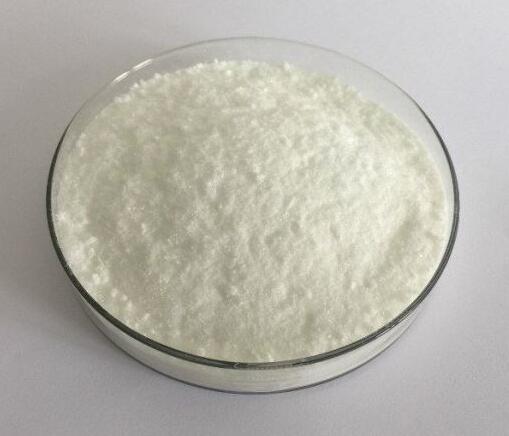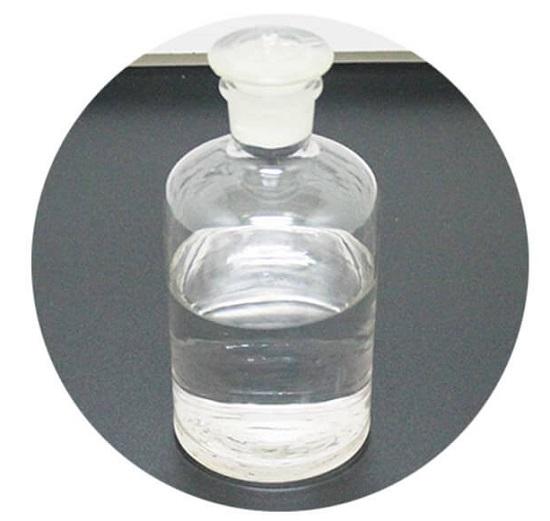Use of Sodium acifluorfen
Sodium acifluorfen was first registered in the United States in 1980 as the herbicide Blazer, by the Rohm and Haas Company. In 1987, the BASF Corporation purchased the registration and supporting data. In 2003, the US Environmental Protection Agency (EPA) conducted an assessment to determine if pesticide products containing the active ingredient sodium acifluorfen were eligible for pesticide reregistration.
Results of the US EPA assessment were explained in the Reregistration Eligibility Decision (RED) of sodium acifluorfen. The RED document determined pesticides with the active ingredient of sodium acifluorfen were eligible for reregistration provided certain stipulations listed in the RED document were met, which included additional label requirements to limit the potential for drift. Under the Federal Insecticide, Fungicide, and Rodenticide Act (FIFRA) Section 3, all new pesticides used in the United States must be registered by the Administrator of the US EPA. There are 12 registrations for sodium acifluorfen.

Uses
Sodium acifluorfen is a member of a diphenyl ether group of light-dependent peroxidizing herbicides. Sodium acifluorfen is also a member of the nitrophenyl ether class of herbicides. This class of herbicides can cause rapid disruption of cell membranes in plants. Acifluorfen penetrates into the cytoplasm and causes the formation of peroxides and free electrons (requires light), ultimately destroying the cell membrane.
Destruction of the cell membrane prevents translocation to other regions of the plant. In the environment, sodium acifluorfen degrades to acifluorfen (or acifluorfen acid). Additionally, acifluorfen acid is a degradation product of lactofen, another herbicide used on agricultural crops and in forestry. Sodium acifluorfen can be used alone or formulated with similar herbicides. Various formulation types include liquid, ready-to-use, and soluble concentrates. Agricultural crop applications are conducted by aircraft and by broadcast and band treatment using ground equipment. A trigger spray bottle for spot treatment is used by both agricultural and residential applicators.
Sodium acifluorfen is primarily used on agricultural crops as a nonselective herbicide for pre- and postemergent control of annual broadleaf weeds and grasses. From 2001 to 2007, the annual US agricultural consumption of sodium acifluorfen was estimated at 300 000 pounds. An estimated 200 000 pounds of the agricultural consumption was applied to soybean crops. Sodium acifluorfen is also used on the agricultural crops peanuts, rice, peas, and strawberries. Sodium acifluorfen is registered for residential use; however, it is limited to spot treatment with ready-to-use formulations. Residential application of sodium acifluorfen is minor compared to agricultural, since it is a nonselective herbicide that kills both weeds and grasses.
Mechanism of Toxicity
Sodium acifluorfen is directly released into the environment as a pre/postemergent herbicide. In the environment, sodium acifluorfen dissociates to acifluorfen. Sodium acifluorfen has an estimated Henry’s law constant of 6.03 × 10-11 atmm3 mol-1 derived from a vapor pressure of 1.33 ×105mm Hg. Sodium acifluorfen has a water solubility of 62.07 g 100 ml-1 (at 20°C) and an octanol/water partition coefficient of 1.55. Additionally, sodium acifluorfen has a pKa of 3.86, indicating it will exist in the anion form at pH values from 5 to 9. Acifluorfen has an estimated vapor pressure of 1.5×10-8mm Hg, Koc values from 44 to 684, and an estimated pKa of 2.07.
The pKa of sodium acifluorfen indicates the compound will exist in an anion form in the environment. Compared to their neutral counterparts, anion forms do not strongly adsorb to soils containing organic carbon and clay. Anions do not volatilize, therefore it is highly unlikely that acifluorfen will volatilize from dry or moist soil conditions. Additionally, volatilization of sodium acifluorfen from water surfaces is also highly unlikely.
The estimated vapor pressure of acifluorfen indicates that it will exist in both the vapor and particulate phases in the ambient air. Based on the Koc value range of 44–684, acifluorfen has a very high to low mobility in soil. Adsorption and desorption are strongly correlated to site-specific soil parameters such as pH and mineral content.
);

